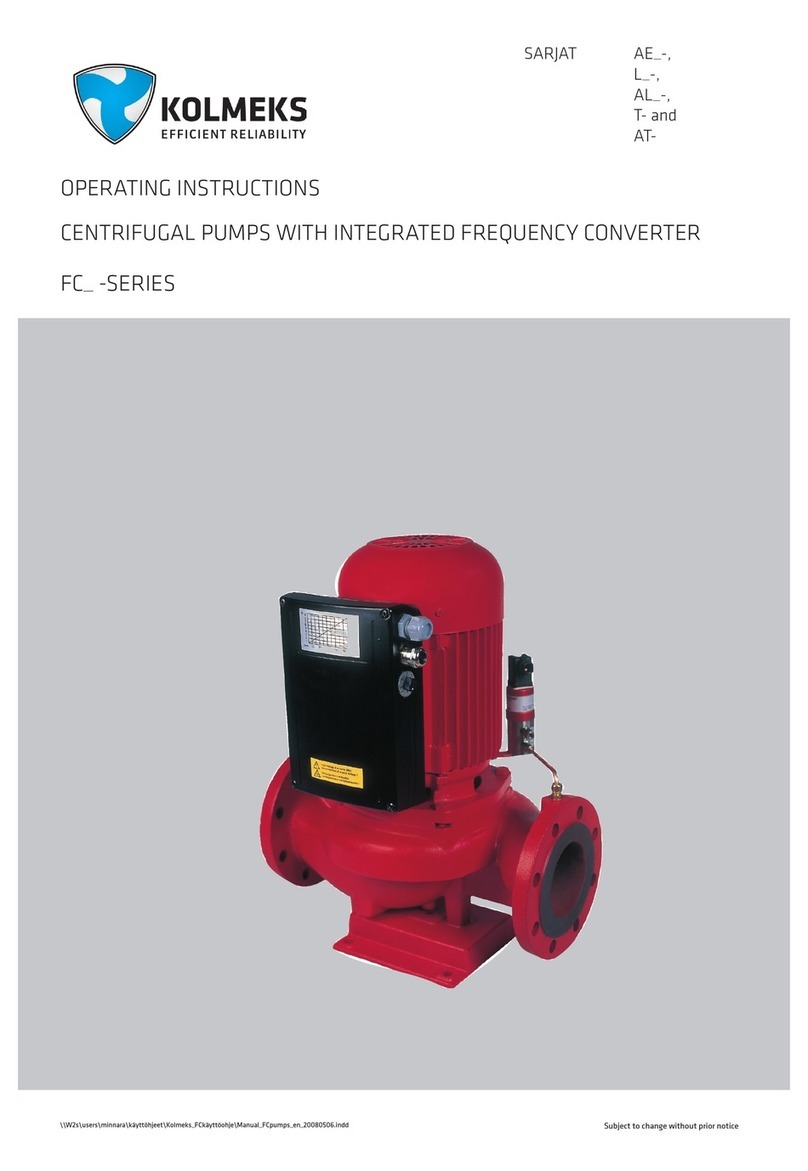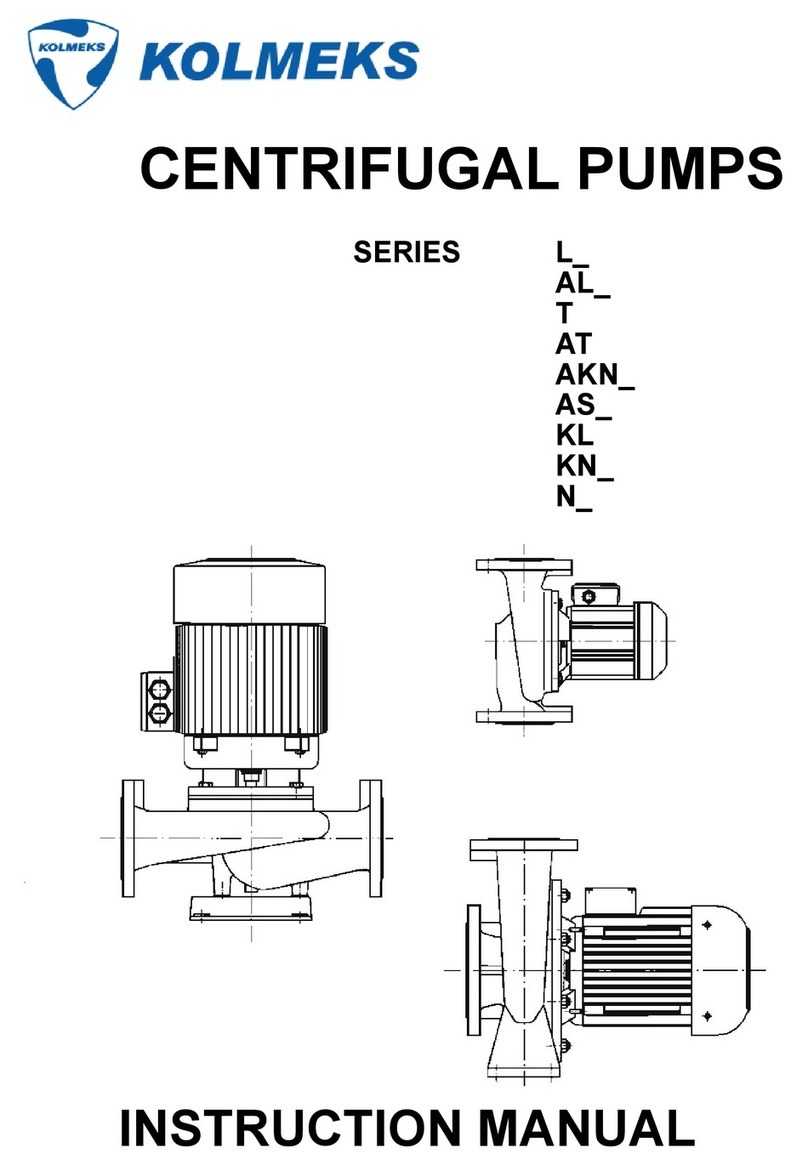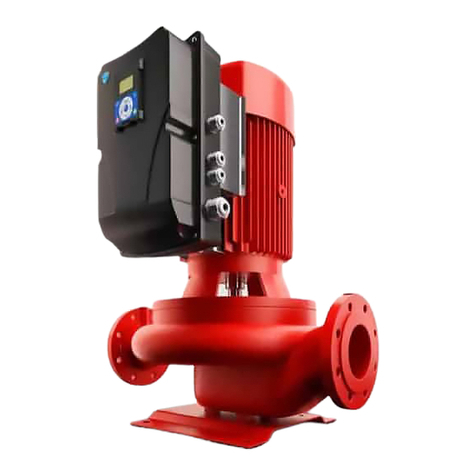
20.4.2021/Kolmeks manual EN rev 3.docx
2.2.4.6 Radiation
The operators of the machine must fully follow the safety instructions related to the operation of this equipment.
2.2.4.7 Emissions
The instructions supplied with the machine give information on the control of leakages near the machine. If
necessary, perform the following measures to prevent dangerous emissions in the process:
- determine the amount of emissions and their potential effects (e.g. possibility of fire, applicable extinguishing
equipment)
- prevent the exposure of personnel to emissions
- keep the emissions under control and remove them in a controlled manner
- clean the area and machinery of emissions
- use applicable personal protective equipment and warnings
2.2.4.8 Slipping, stumbling and falling
When you install, service or repair the machine, follow the safety instructions applicable at the point of operation
and the instructions supplied with the machine and be sufficiently careful to prevent slipping, stumbling or falling.
2.2.5 Maintenance
2.2.5.1 Machinery maintenance
Follow the maintenance and repair instructions supplied with the machine. The instructions tell you when it is
necessary to stop and potentially drain the machine before maintenance. Wear applicable personal protective
equipment that is necessary for the maintenance task:
- hearing protectors
- eye protectors
- breathing protectors
- safety gloves, safety footwear, protective clothing
When you service or repair the machine, follow the principles of ergonomics (do not use too much muscular power,
use lifting equipment, lifting positions, lighting of the area, cleanliness etc.)
2.2.5.2 Access to operating position and servicing points
If the supply does not include location design for the machine, install the machine in a position that enables safe
maintenance and repairs of the machine.
When you design the operating environment make sure that there is sufficient maintenance space around the
machine.
2.2.5.3 Isolation from energy sources
The controls of the machine must include clearly identified devices that can be used to isolate the machine from all
energy sources. These devices must have locks if the re-connection of energy can be dangerous to persons. After
the energy supply is cut off, it must be possible to remove the energy stored in the process (e.g. release pressure)
without a health risk to persons.
2.2.5.4 Operator intervention
The controls of the machine must be designed so that the operator needs to intervene in the operation of the
machine as little as possible.
2.2.5.5 Cleaning of (internal) parts of machine
Refer to the instructions supplied with the machine and the safety instructions applicable at the point of operation to
do the potential cleaning of the machine safely.
2.2.6 Indications
2.2.6.1 Information and warning devices
Follow the specified requirements shown in the Machinery Directive and/or national legislation of the country where
the machine is used related to information and warning devices used in the machine.































